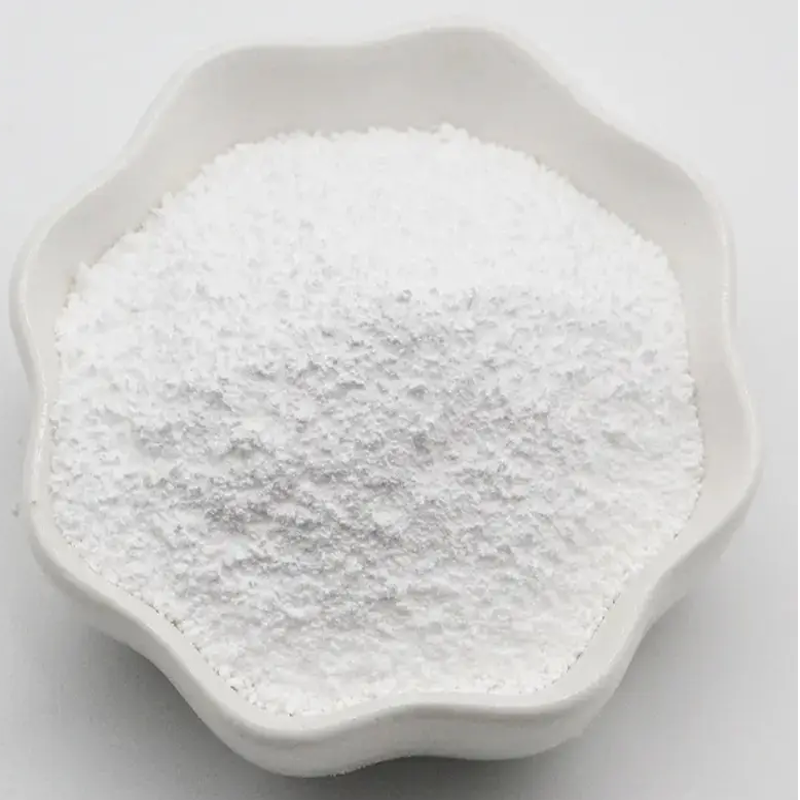-
Categories
-
Pharmaceutical Intermediates
-
Active Pharmaceutical Ingredients
-
Food Additives
- Industrial Coatings
- Agrochemicals
- Dyes and Pigments
- Surfactant
- Flavors and Fragrances
- Chemical Reagents
- Catalyst and Auxiliary
- Natural Products
- Inorganic Chemistry
-
Organic Chemistry
-
Biochemical Engineering
- Analytical Chemistry
- Cosmetic Ingredient
-
Pharmaceutical Intermediates
Promotion
ECHEMI Mall
Wholesale
Weekly Price
Exhibition
News
-
Trade Service
Background: The pyrazine derivative favir (T705; Toyama Chemical Co.
, Ltd.
, Japan) inhibits influenza virus replication in vitro and in mice
.
Favipiravir has inhibitory effects against influenza A, B and C viruses, including variants resistant to amantadines or neuraminidase inhibitors, and many other RNA viruses at higher concentrations
.
Once ribosylation and intracellular phosphorylation, triphosphate acts as a purine nucleoside analogue as a competitive substrate inhibitor for viral RNA-dependent RNA polymerases, resulting in strand termination
.
Another mechanism of action is fatal mutations, which are associated with an increased frequency of guanosine-to-adenine mutations, leading to non-infectious offspring
during replication.
Clinical studies of various dosage regimens have been conducted primarily in adults with acute, uncomplicated influenza
.
One randomised controlled trial (RCT) enrolling 271 people infected with influenza found that a twice-daily dosing regimen (1800 mg twice daily on day one, 800 mg twice daily on day two to fifth day) had better antiviral and clinical outcomes
than three times daily (2400, 600, 600 mg on day one, 600 mg three times daily on day two to fifth day).
The median time to relief of influenza symptoms (15.
0 hours difference) and viral load reduction in the favir 1800 mg/800 mg Bid group were also significantly faster
compared with the placebo group.
The drug, which was approved in Japan in 2014 for the treatment of new or re-emerging influenza virus infections, has been slow or under-responsive to approved drugs, but is still being studied
elsewhere for influenza.
Objective: The present report describes the results of two pivotal randomized controlled trials evaluating the efficacy and tolerability of oral faviravir in the treatment of
acute uncomplicated influenza.
Methods: In addition to this, healthy adults with flu-like symptoms and fever ≤for 48 hours were randomized to favipiravir (1800 mg BID twice daily on day 1 and 800 mg BID on days 2-5) or placebo tablets (1:1 for US316; US317: 3:1).
The primary efficacy endpoint was the time
to remission of illness when 6 influenza symptoms were self-rated as asymptomatic or mild and fever-free in participants with intentional influenza infection.
Results: In US316 (favipiravir 301, placebo 322), favipiravir was associated with a shortening of 14.
4 hours (median, 84.
2 vs 98.
6 hours; P = .
004) had a shorter
duration of remission compared with placebo.
In US317 (favipiravir 526, placebo 169), favipiravir did not significantly reduce time to response (median, 77.
8 versus 83.
9 hours).
In both trials, favipiravir was associated with
reduced viral titers, RNA loading area under the curve within 1-5 days, and median time to viral detection stop (P, .
001).
Apart from asymptomatic hyperuricemia, no important differences
in adverse events were identified.
Figure 1.
Kaplan-Meier estimated the primary endpoints
of symptom relief and fever resolution for 6 influenza at US316(A) and US317(B).
From the initiation of dosing, the estimated probability of symptom persistence (failure to achieve remission) is shown as a function of time (hours
).
Table 1 Key results for time to disease remission associated with the characteristics of the registry grouping
Table 2 Virologic results of influenza-infected people intended for treatment
Figure 2 Average standard error
of mean (scanning electron microscope) viral titer (median tissue culture infection [TCID50]/mL) of respiratory samples from faviprevir and placebo recipients in US316(A) and US317(B).
The lower limit of quantification (LLOQ) of the TCID50 method is 0
.
LLOQ=0
。 TCID50/ml) is represented
by a dashed horizontal line.
Table 3 Security and fault tolerance
Conclusions: This favipiravir dosing regimen has shown significant antiviral efficacy, but has been inconsistent
in remission for non-complicated influenza.
It is necessary to conduct studies
of high doses and antiviral combinations for the treatment of severe influenza and other RNA virus infections.
Hayden FG, Lenk RP, Stonis L, et al.
Favipiravir Treatment of Uncomplicated Influenza in Adults: Results of Two Phase 3, Randomized, Double-Blind, Placebo-Controlled Trials J Infect Dis 2022 Nov 11; 226(10)







